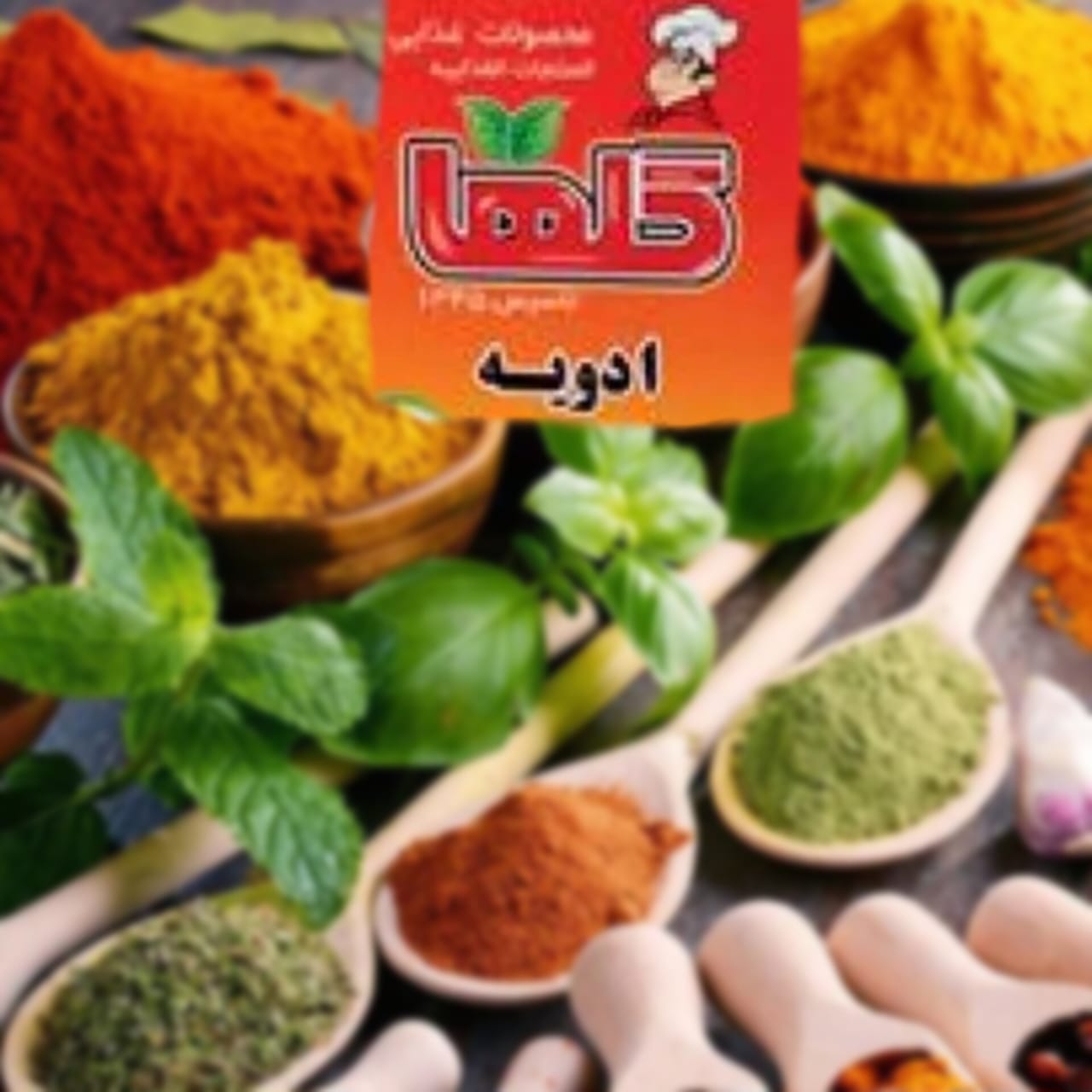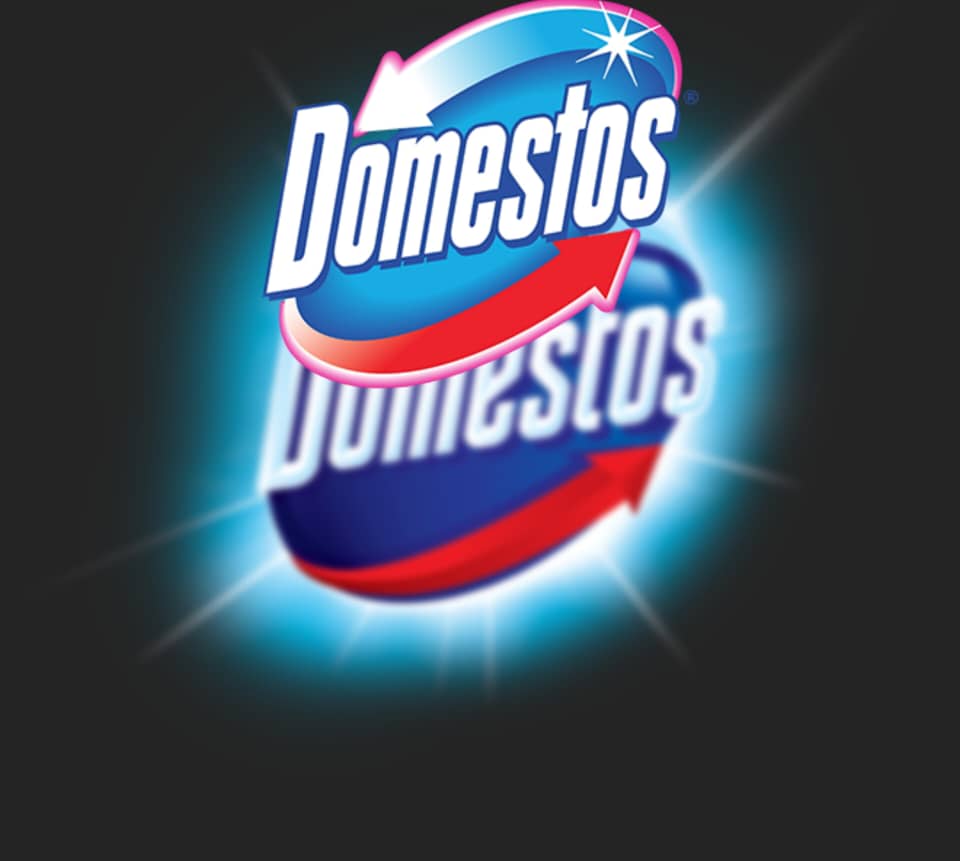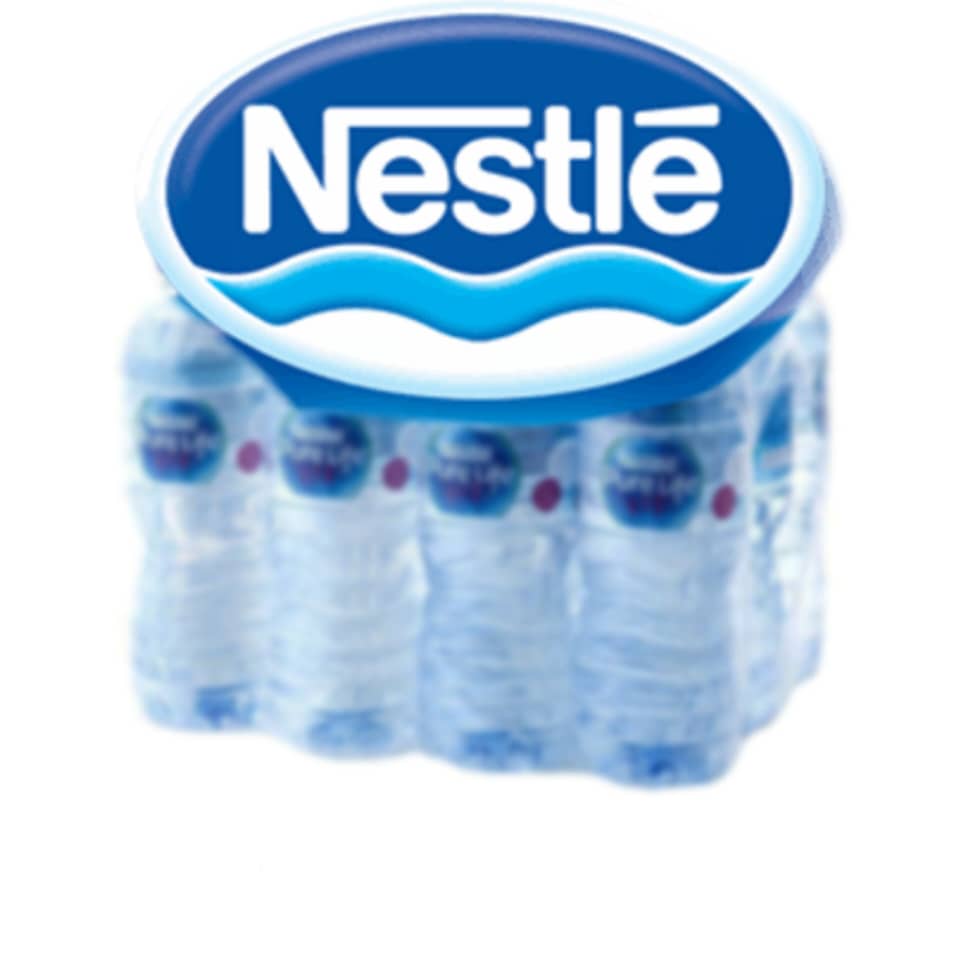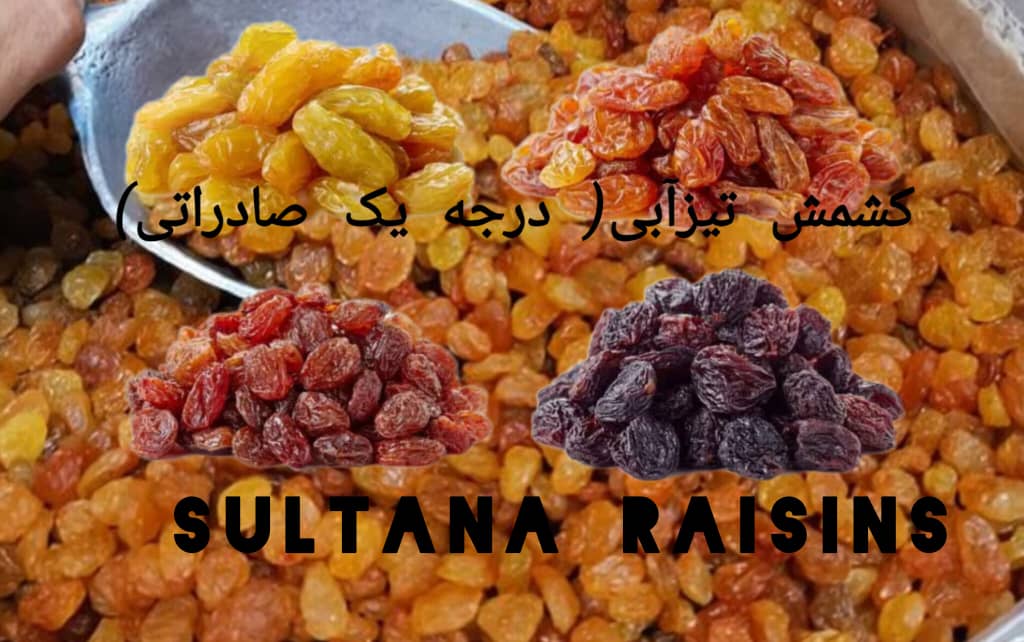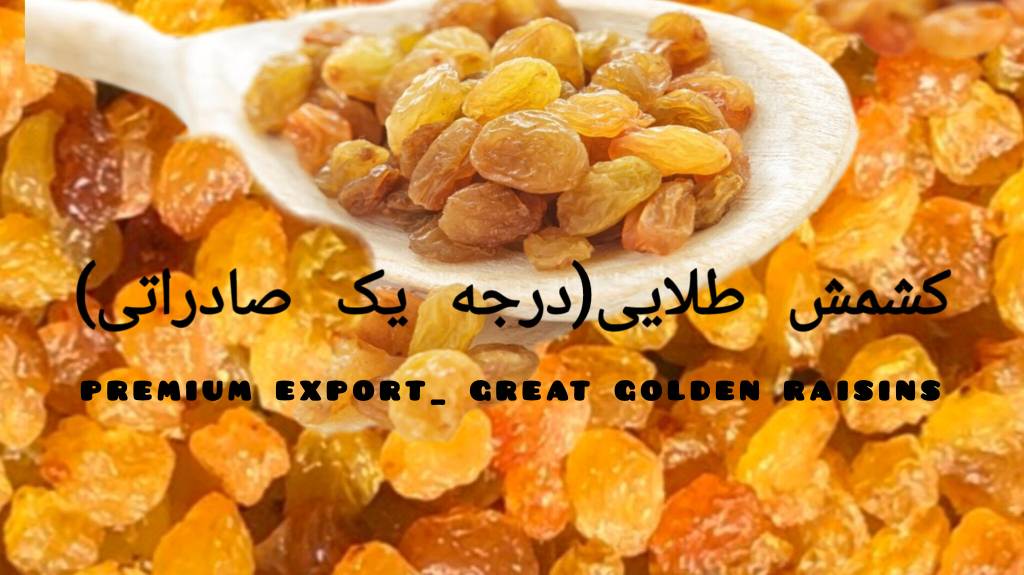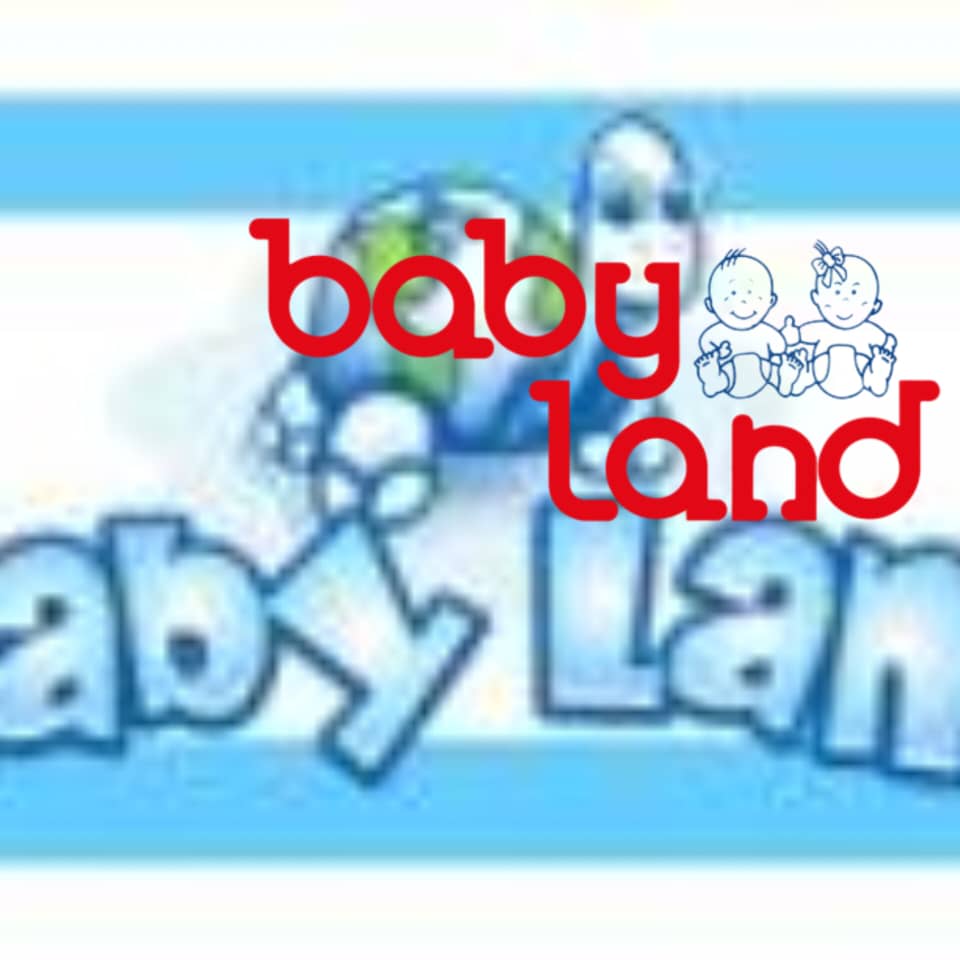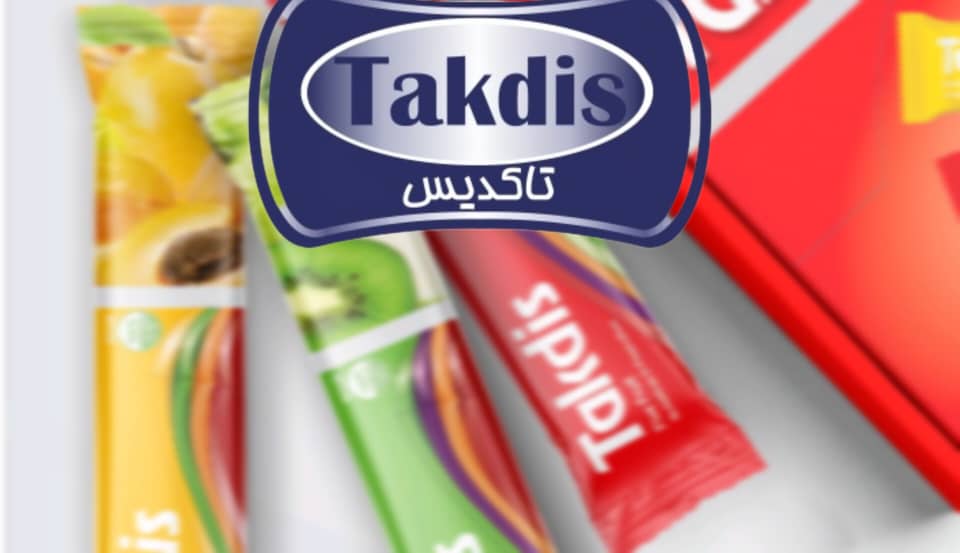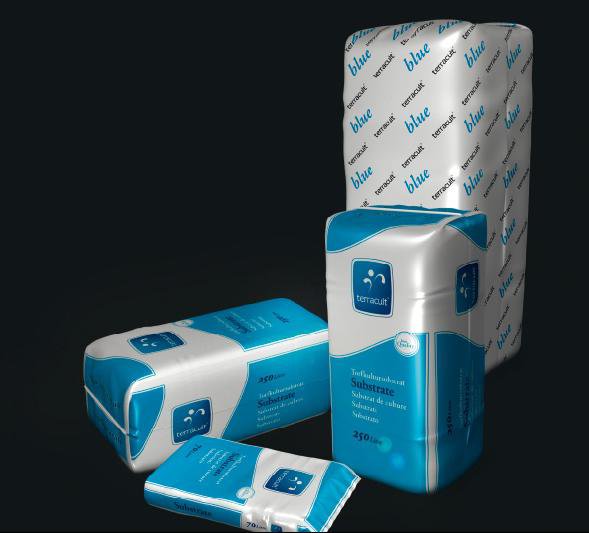
- Seen : 868 View
Bushra Amin is an importer of all kinds of peat moss, including Germany Trakalt peat moss
Peat moss - peat moss
Today, the advancement of technology in all fields of various industries has led to greater and better productivity and efficiency. Agricultural affairs have not benefited from this, either in terms of mechanization, planting, harvesting, or in terms of optimal consumption of agricultural materials and methods, which have undergone significant changes, examples of which are peat moss.
Peat moss is a family of mosses that has between 151 and 350 species. Because this moss usually grows in peaty soils (with peat), it has been called this name. Since this layer is made up of plant and animal carcasses, it is rich in elements that are used in plant tissue, such as phosphorus, potassium and nitrogen. Therefore, it is used as a vegetable fertilizer supplement (in fact, in terms of its compounds, it is comparable to animal manure) and due to its long-term decomposition, it has much less environmental pollution, and it can be disinfected with various actions.
Peat moss has an important role in gardening and agriculture in the world today as a cultivation substrate and soil texture modifier, and peat moss can be used for green spaces, gardening and professional flower and plant growers, greenhouse owners, etc.
Peat mosses are classified in different colors, materials and textures. Most peat mosses have a small weight and absorb water up to 20 times their weight (peat mass), but the rate of water loss is also high in peat mosses. But peat mosses have an acceptable water and food storage capacity. In the term, two types of peat moss are known. White peat (which is actually light brown) and black peat. Gardeners believe in the type and method of their use that each one may be suitable for one set of plants and not suitable for another.
Geographical distribution :
Peat moss occurs mainly in the north of the Northern Hemisphere in very humid tundra lands - where larger plants do not have the opportunity to grow due to the extreme cold and harsh environmental conditions - such as the lands leading to the Arctic Ocean, Norway and Estonia, and... also in the hemisphere South in the country of New Zealand and the Tasmanian Islands and southern Chile and Argentina, which has a much lower species diversity.
Uses of peat moss:
The fertilizer of this moss, which is also called peat moss, refers to a solid material similar to soil, which is used in general gardening, greenhouse, flower cultivation, etc. Currently, most of the producers of this material (peat moss), along with the basic ingredients of peat moss, use amounts of nitrate (nitrogen), potassium and calcium in order to enrich it more and turn it into a kind of fertilizer. One of the signs of the quality of this material (peat moss) is the quality and quantity of its constituent elements and their relative amounts, and the other is the fineness of its grains. In Iran, the black and dark color of this material is more acceptable.
In a phase of the life cycle of peat moss, which is decomposed and becomes a soil plant after being compressed, it is used as a soil improver and cultivation beds; which increases the water absorption capacity as well as the nutrient absorption capacity. Also, when using sandy and sandy soils and as a growing medium for plants that need high humidity for growth and development, such as African violets, also for the growth of mushrooms that mycelium - mushroom-producing tissue - in compost with a layer of peat moss on its surface They grow and develop. It is also used as a soil mixture for pots, especially for apartment pots and planting greenhouse seedlings, etc.
Sale of Pete Moss
Benefits of using peat moss:
1- Increasing soil organic matter: The percentage of organic matter in peat moss is high and it improves the soil structure.
2- Maintaining moisture: Peat moss is able to hold water up to 20 times its dry weight, and gradually provide it to the plant.
3- Ventilation of heavy soils: using peat moss in heavy and clay soils helps soften and loosen the soil and better root growth.
4- Connecting light and sandy soils
5- Fertilizer storage and preventing its leaching
6- Protecting the soil against erosion.
Uses of peat moss:
Trees: To plant trees, mix one part of peat moss with two parts of soil, and after digging a hole (twice the length of the root) and loosening the soil at the bottom of the hole, place the tree in it and fill the hole with a mixture of peat moss and soil. Fill and water. To move the trees, put one part of peat moss and two parts of soil around the roots.
Vegetables, summer plants and flowers: Just put two inches of peat moss on the bed and mix it with six inches of soil, then plant the seeds. To plant chives, mix sand, soil and peat moss equally.
Grass: To plant grass, mix two inches of peat moss with six inches of soil, add seeds and fertilizer, and then cover the surface with a quarter inch of peat moss.
Mushroom: Peat moss is used to cover the compost surface in mushroom production.
Transplantation: In the production of greenhouse transplants, peat moss and cocopeat are mixed appropriately, poured into the transplant tray, etc., and the seeds are planted in it. In the south of the country, it is used for the production of tomato seedlings in the summer season.
Terracult peat moss (Terracult) produced by the German company Terracult is a high-quality peat moss that has various technical specifications for all kinds of applications.
Sale of Pete Moss
The commercial unit of Beshra Amin Company is responsible for the direct import of original peat moss and the sale of German peat moss.
Saler Company Information

